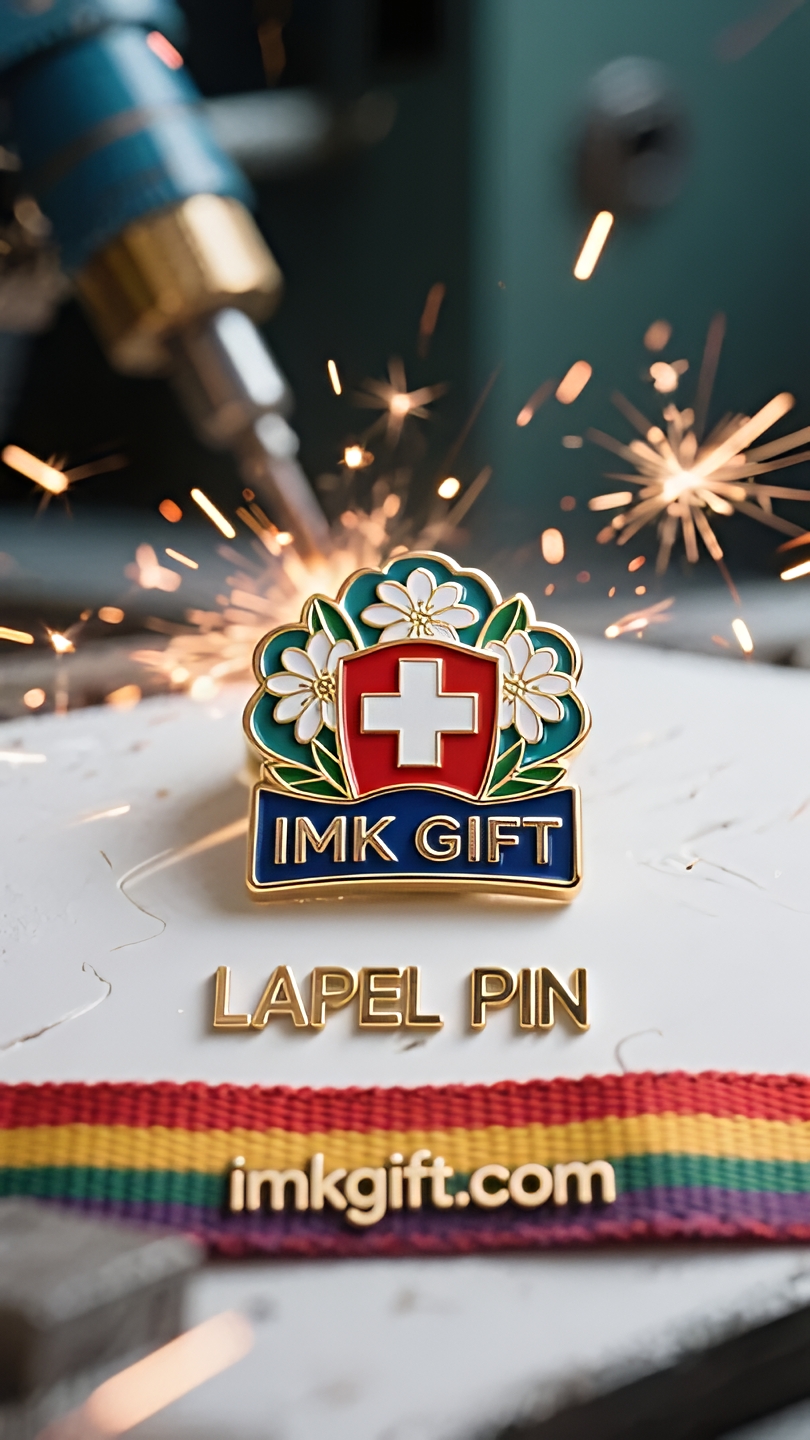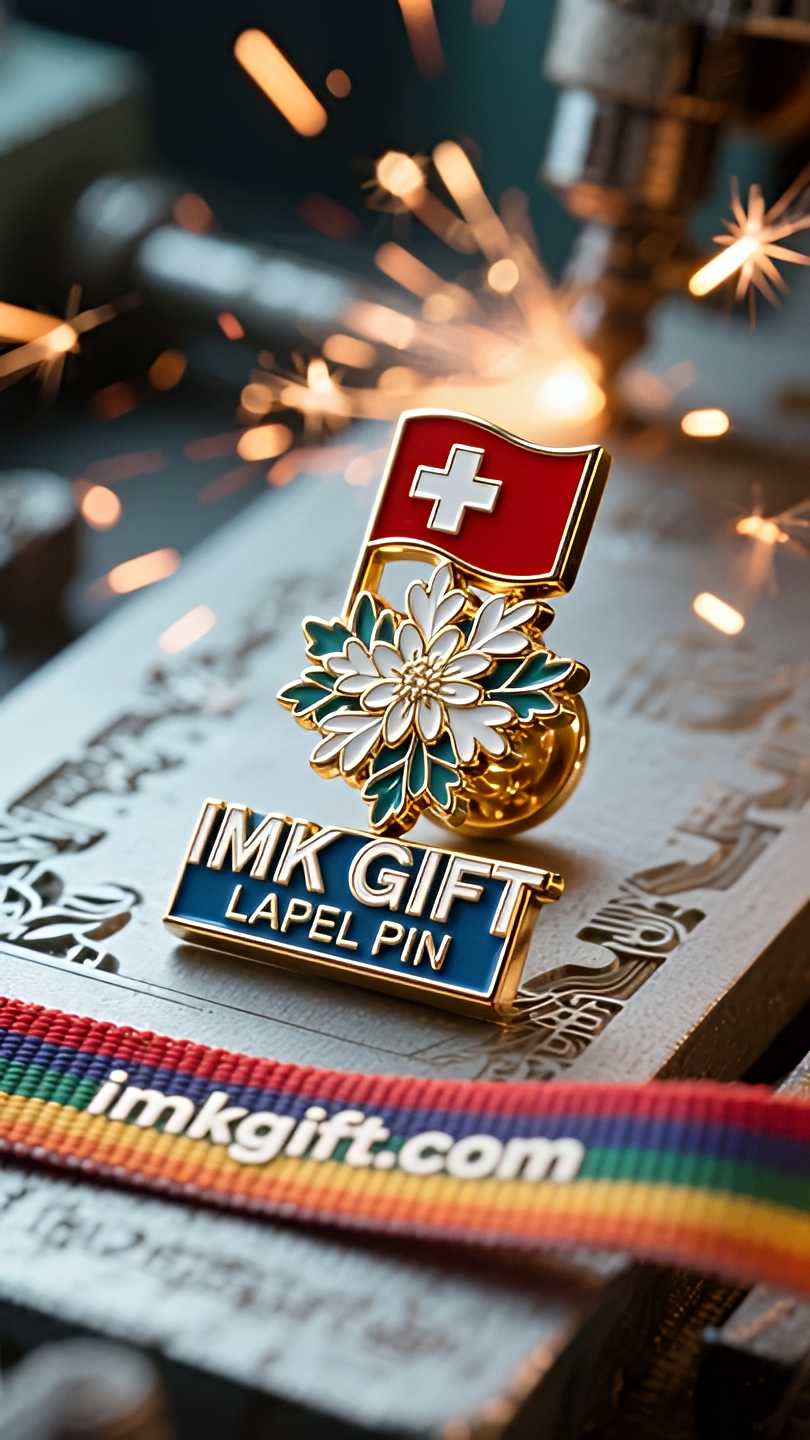in989-Ein-aufrichtiges-Herz-oberhalb-der-Schneegrenze
▼
Oberhalb der Schneegrenze der Schweizer Alpen wächst eine Blume, die Felsen als Boden und Frost und Schnee als Nährstoffe nutzt und hartnäckig ihre silberweißen Blütenblätter hervorbringt: das Edelweiß auf dem Schweizer Staatswappen. Es ist nicht nur die Verkörperung des Alpengeistes, sondern verkörpert auch den Grundglauben, der im Blut der Schweizer liegt: in verzweifelten Situationen rein zu bleiben und in der Einsamkeit Wärme zu vermitteln. Die acht Blütenblätter des Edelweiß-Emblems spielen auf die Einheit der 26 Kantone der Schweizerischen Eidgenossenschaft an. Die scharfe Form jedes Blütenblattes zeugt vom Mut der Alpenbewohner im Kampf gegen die raue Umwelt. Genau wie das weiße Kreuz auf rotem Grund auf der Schweizer Flagge symbolisiert das Rot die Leidenschaft für das Leben und das rein weiße Kreuz steht für Gerechtigkeit und Ordnung. Beides zusammen stellt die spirituellen Koordinaten dieses Landes dar: in rauen Umgebungen widerstandsfähig zu bleiben und auf freiem Boden die Regeln einzuhalten. In diesem Monat fanden vielerorts in der Schweiz Alpenkulturfeste statt. Bergsteiger trugen Edelweißabzeichen, um das Matterhorn herauszufordern, und Hirten marschierten unter der rot-weißen Nationalflagge. Diese Szenen entsprechen der Überlebensweisheit des Edelweiß: Wenn ein Schneesturm aufzieht, umhüllt es seine Staubblätter mit Flaum und richtet seine Stiele wieder auf, wenn sich Wolken und Nebel verzogen haben. Diese „sanfte und doch starke“ Überlebensphilosophie ist das Geheimnis hinter der Entwicklung der Schweiz von einem kargen Bergland zu einem wohlhabenden Land – sie verfügt sowohl über die Flexibilität, mit Krisen umzugehen, als auch über das Streben nach Exzellenz. Vom Edelweiß-Emblem bis zur rot-weißen Nationalflagge verwendet die Schweiz natürliche Symbole, um eine Botschaft zu vermitteln, die geografische Grenzen überwindet: Wahre Stärke liegt nicht darin, den Gipfel zu erobern, sondern darin, mit Wind und Schnee zu koexistieren. Wenn wir in unseren jeweiligen Bereichen auf „Schneegrenzenmomente“ stoßen, können wir uns ebenso gut an die Wahrheit erinnern, die diese Alpenblume der Welt lehrte: Ein reines Herz ist widerstandsfähiger als die Umwelt und geordnete Einheit ist mächtiger als eine einsame Armee.
Above the snow line of the Swiss Alps, there is a flower that uses rocks as soil and frost and snow as nutrients, stubbornly blooming with silver-white petals – this is the Edelweiss on the Swiss national emblem. It is not only the concrete embodiment of the Alpine spirit, but also condenses the core belief in the blood of the Swiss: to remain pure in desperate situations and to convey warmth in solitude. The eight petals of the Edelweiss emblem implicitly match the unity of the 26 states of the Swiss Confederation. The sharp shape of each petal tells the courage of the alpine people to fight against the harsh environment. Just like the red background and white cross of the Swiss flag, the red symbolizes the passion for life, and the pure white cross indicates fairness and order. The two together construct the spiritual coordinates of this country: to remain tenacious in harsh environments and to protect the rules in free soil. This month, many places in Switzerland held alpine cultural festivals, climbers wearing Edelweiss badges to challenge the Matterhorn, and herders marched under the red and white national flag. These scenes are just like the survival wisdom of Edelweiss: when a blizzard hits, it will wrap the stamens with fluff, and straighten the stems again after the clouds and fog dissipate. This “soft but strong” survival philosophy is the secret of Switzerland’s development from a barren mountainous country to a wealthy country – it has both the flexibility to deal with crises and the ingenuity to keep improving. From the Edelweiss emblem to the red and white national flag, Switzerland uses natural symbols to write a message that transcends geographical limitations: true strength does not lie in conquering the peak, but in knowing how to coexist with the wind and snow. When we encounter the “snow line moment” in our respective fields, we might as well remember the truth that this alpine flower has taught the world: a pure heart is more resilient than the environment, and orderly unity is more powerful than a lone army.
在瑞士阿尔卑斯山脉的雪线之上,有一朵花以岩石为土壤,以霜雪为养料,倔强地绽放出银白花瓣——这正是瑞士国徽上的雪绒花。它不仅是阿尔卑斯精神的具象化身,更凝结着瑞士人血脉中的核心信念:在绝境中保持纯粹,在孤高中传递暖意。
雪绒花徽章的八片花瓣,暗合瑞士联邦的二十六个州团结如环。每片花瓣的尖锐形态,诉说着高山民族与险峻环境抗争的勇气。正如瑞士国旗的红底白十字,赤色象征对生命的热情,纯白十字架昭示着公平与秩序,两者共同构建了这个国家的精神坐标:既要在严苛环境中保持坚韧,也要在自由土壤中守护规则。
本月瑞士多地举办高山文化节,登山者佩戴雪绒花徽章挑战马特洪峰,牧民在红白国旗下列队游行。这些场景恰似雪绒花的生存智慧:当暴风雪来袭时,它会用绒毛包裹花蕊,待云开雾散后重新挺直茎杆。这种”柔中带刚”的生存哲学,正是瑞士从贫瘠山地发展为富裕之国的密码——既保有应对危机的弹性,又坚守精益求精的匠心。
从雪绒花徽章到红白国旗,瑞士用自然符号书写着超越地理局限的启示:真正的强大不在于征服顶峰,而在于懂得如何与风雪共处。当我们在各自领域遭遇”雪线时刻”,不妨记住这朵高山之花教会世界的道理:纯粹的心性比环境更坚韧,有序的团结比孤军更强大。
▼
Contact Us
📞 Tel: +0086-760-85286839
📧 Email: sales3@imkgift.com








